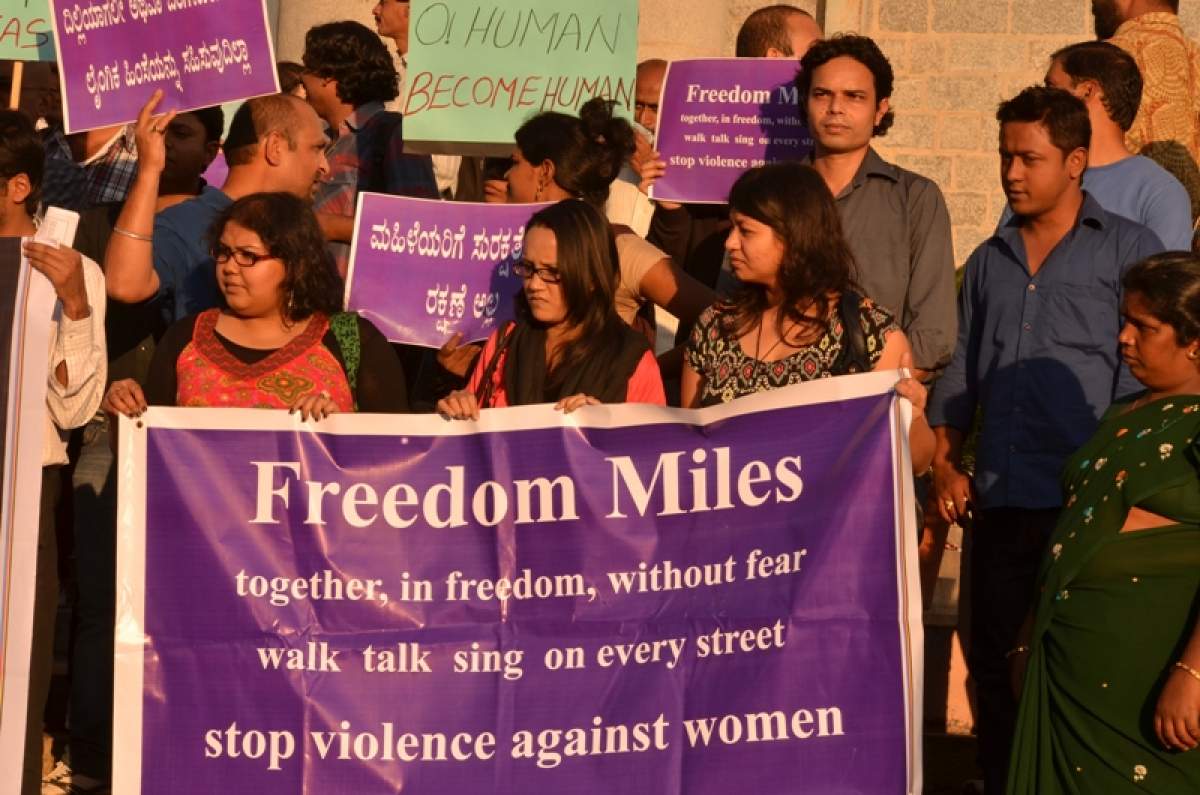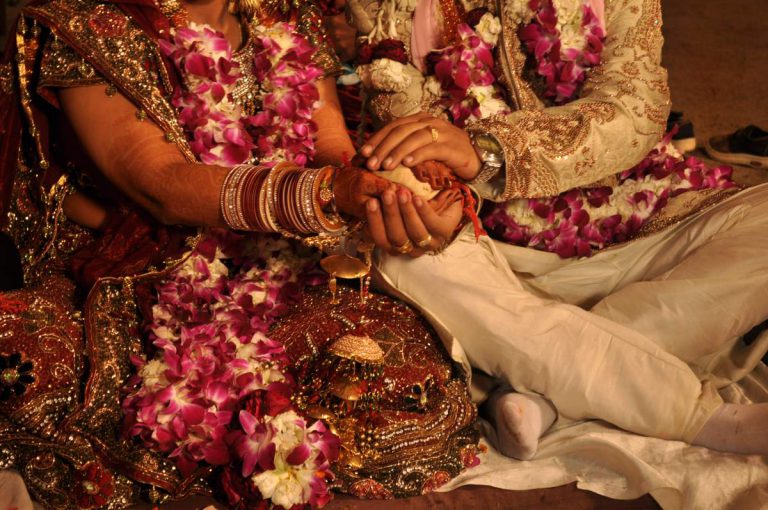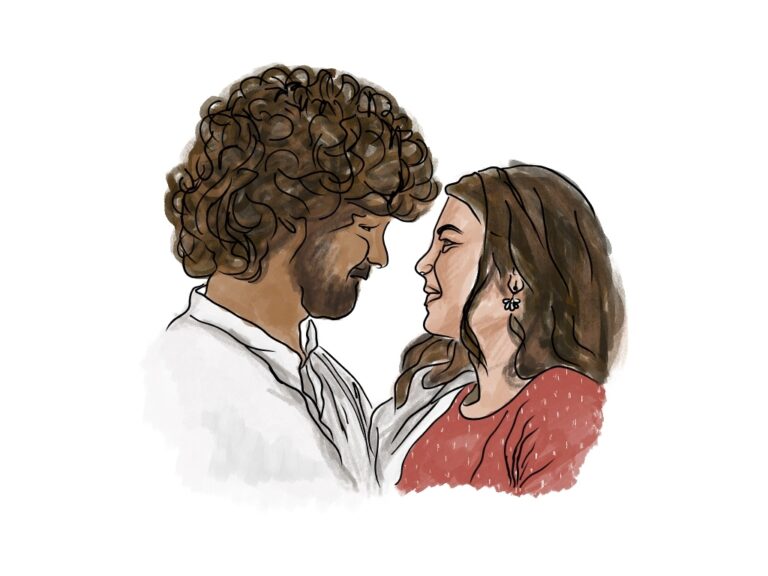Pinjra Tod: A contemporary feminist movement

Anoushka has a Masters in Political Studies from Jawaharlal Nehru University.
Pinjra Tod (Break the cage) is a feminist collective run by female college students all over the country. This collective challenges rules and regulations, which tend to tie down women’s freedom and try to provide a counter-narrative to the age-old brahminical patriarchal rules which fail to give space to women’s rights, religious diversity, class diversity and to those who do not fall under the gender binary. Initially, it was active on the university campuses in the national capital territory of Delhi, but it soon expanded and diffused to colleges and universities in India’s other big cities and small towns.
Origin of the movement
This movement was born when the students of Jamia Millia Islamia in August 2015 had submitted an open letter to it’s VC (Talat Ahmad) regarding the regressive gender-biased rules for the women’s hostel, which were mentioned in the revised prospectus of the university.
The open letter stated that the administration did not fulfill the demand of the extension of the curfew timing for girls’ hostel to 10:30 pm, where earlier it was 8 pm, but instead, had stealthily rolled the curfew timing to 09:00 pm. The updated prospectus also said that women would have to fill their accommodation renewal forms and require them to sign an undertaking which stated that the residents of the university hostel would bar themselves from taking part in any protest or resistance against the hostel or university, in any form—physical or signatory; doing so would lead to the cancellation of their accommodation. Students claimed that the rules were drastically altered without any consultation with the student community or the residents. They also complained in the open letter that the VC of the university was never available for its students. They mentioned that in every protest or whenever they wanted to have a dialogue with the VC, the students were denied the option. The residents of the university had submitted an epistle to the authorities in March 2018, demanding the installation of street lights around the hostel, which would drown in darkness after sunset. None of these demands were met, said the open letter; instead, the administration made many attempts to break student unity and scare them to drop their demands. Women students had also protested against the removal of late nights since 2015, but no one paid heed to it.
The university, under the veil of giving protection to the women students (the boys’ hostel have no such rules of curfew timing), tried to cage them in the patriarchal society, instead of imparting liberal values. Women students came together to resist against the regressive rules and the non- acceptance of their demands, which led to their forming of a group called ‘Pinjra Tod.’ These women on the campus took an incredible risk and started finding out ways to organize themselves and challenge the administration. From Jamia, this collective spread to colleges and universities in the state and then to the entire country. Pinjra Tod is now present at Delhi University, Ambedkar University, LSR, Hindu College, Punjabi University, Presidency University, etc. Now, Pinjra Tod deals not only with doing away with curfew timings but also risks its voice against all the conservative patriarchal rules, for instance, colleges asking women to wear ‘decent’ clothes, involvement of parents in every menial issues, different rules for boys and girls in the same campus, etc. It also helped establish sexual harassment cells in universities and colleges.
Strategies
The Delhi Commission for Women had also responded to the gender-biased rules for women on campus after members of Pinjra Tod submitted a charter of demands to them. DCW had also challenged the media for how it portrayed Jamia as a minority institution, gave it an Islamophobic angle and even for justifying the regressive rules imposed on women. This signal from DCW encouraged a large number of women students of different universities, especially DU, to also organize Pinjra Tod.
It was not until 2017 that the Pinjra Tod members in Jamia could publically display their protest. Until then, they worked confined to their hostels for fear of identification by the administration. Students of Jamia protested against the traditional domination and control of women. One such example was the protest against the weekly salad- making competition, which the hostel officials organized in the weekends to control their movement outside the campus. The competition was not only gender-biased, because the boys’ hostel did not have any such rules, but also acted as control on their movement outside the campus during weekends. The competition was used as a parameter to judge the ‘character’ of the students by the warden. The women students at Jamia in their ‘Talimi Mela’ were asked to set up a stall only for applying mehendi. In contrast, the members of the boys’ hostel were allowed to set up stalls for magazines and other purposes.
The protest by Jamia students sparked nationwide protests and triggered dialogue about curfews, moral policing, etc. They organized Jan Sunwais (public hearings), Humara Mohalla meetings, movie screenings, pamphlet distribution, guerilla postering, sloganeering, etc. in public spaces. On 21st February 2017, a Jan Sunwai was organized in the Arts Faculty of Delhi University. This location was strategically chosen because this site was very well known to be dominated by male students and teachers’ union protests. This site symbolized masculine power and their control over universities and other spaces. This Jan Sunwai was organized to bring up women to speak about their personal experiences of discrimination they faced in universities, hostels, and in their PGs (paying guests) in public spaces where the culture of silence towards the oppressions on women could be broken. Through Jan Sunwais, Pinjra Tod focuses on sharing women’s issues in the public. They brought in public the flawed notion of women’s safety in hostels, where they are provided with ‘protection’ in the form of CCTV surveillance, rules which control the movement of women and harassment through such rules. They also talked about issues faced by women students in their PGs like that of high rents, unhygienic living conditions, and lack of health security, dress codes, and curfew timings. It also highlighted the mental harassment women face due to such rules and even the lack of helping hand provided to women when faced with sexual harassment, and how adult women are treated like kids by holding their parents responsible for any of the acts which the society cannot tolerate. Pinjra Tod helped change the view of hostels as ‘safe places’ to how these places exploited women in their day to day lives.
Pinjra Tod recognizes itself as a movement which holds the rationale of intersectional feminism, challenging social evils like that of Brahminism, religious fundamentalism, the domination of ‘Savarna’ elite women, and also the neo-liberal individualized ‘my choice’ variety of feminism which keeps on pushing women to seek limited upward mobility and freedom from patriarchy, without questioning and challenging the forces which curb our liberty.
Pinjra Tod consists of women from all social groups like that of upper/lower caste women, religious minorities, gender, and sexual minorities. Men’s role is limited to being supporters. It challenges the right-wing ideology by engaging women in politics, who consider women’s engagement in decision-making inappropriate. It engages itself in a decentralized deliberate decision-making process by organizing meetings or through Whatsapp/ Facebook groups taking into consideration the experiences, visions, goals of every member. This is important to maintain a horizontal structure in decision making and to keep hierarchy at bay. It does not have one coordinating member or a particular structure, which implies that everyone’s opinion mattered.
It also recognizes intersectionality. They perform street plays based on feminist icons from marginalized communities like that of Savitribai Phule and Fatima Sheikh. These acts portray how these women from marginalized groups have always been invisible from our societal discourses.
Activities
On the 10th of December 2015, the Pinjra Tod members had submitted a charter, in which they mentioned all their demands regarding the regulatory and discriminatory rules imposed on women staying in hostels and paying guests (PGs). To this Smriti Irani, the then HRD minister had reacted that women were not told “what to wear, whom to meet and where to go,” to which members of Pinjra Tod had organized protests before her ministry offices, where a fifteen-member delegation had met the officials and handed over a memorandum with rules booklets of various hostels attached.
Members of Pinjra Tod hold most of their demonstrations against the hostel rules at night in public places in an attempt to destabilize the notions of gender immorality and danger, which are attached to women’s use of public places at night. They rewrite popular sexist Bollywood songs which reflect the culture of victim-blaming and teasing, such as, ‘Tod do tale, zamana kya kahega’ (Break the locks, what will the world say) is a recreation of the song ‘Chod do aanchal, zamana kya kahega’ (Leave the end of my saari, what will the world say). The original song explained the concerns of a lady, who is asking a man to leave her saari as he had been teasing her. They have engaged themselves in a fight against the Hindutva forces. They have been fighting against the figure of ‘Bharat Mata’ which excludes the long history of torture on women. Their slogans against the conceptions of Bharat Mata reads as, “Hum Bharat ki Mata Nahi Banenge,” “Bharat ki Bati Nehi Banenge.” They try to bring out in public the tussle between the Savarna Right and the Savarna Left and also how the women belonging from Savarna castes also play a role in capturing the dominant space in the society.
In 2018, Pinjra Tod had organized protests against the arrest of Hadiya, a Hindu woman who was arrested for her conversion to Islam after she married a Muslim man. It also opposed the visits made by Delhi police from “college to college and PGs to PGs” trying to identify women from Kashmir in the name of ‘personal security.’ The collective claimed that the police had even visited the warden of Miranda House College to collect a list of Kashmiri students. Pinjra Tod submitted a letter regarding this to the Delhi Police commissioner, Amulya Patnaik in 2019, stating that these ‘security’ checks instead of providing safety, facilitated communal hostility against Kashmiri Muslims. They suggested that instead, they should be more vigilant and quick on cases of harassment reported by Kashmiri students, by their landlords, neighbors, and others.
Breaking up Pinjra Tod: Questioning its inclusivity
On 20th February 2019, nine students who were a part of Pinjra Tod released a lengthy statement stating the reasons for leaving the organization. The students who came up with the statement of leaving the movement belonged from tribal, Muslim, and Bahujan communities. They listed various reasons.
Exclusionary Practices: These members claimed that Pinjra Tod held public meetings, which were called ‘feminist gatherings’ and ‘sisterhood’ meetings, and were supposed to be ‘inclusive’ in nature, but to them, it hardly seemed so. The gatherings consisted of a majority of Upper caste women, and few of which created hegemony, which made them feel uncomfortable to raise their concerns, which were different from the upper castes. The hegemony of the upper caste women made their voices dim and low, and their concerns were hardly taken into account, even when they spoke. Even the online groups such as the Whatsapp group and the Pinjra Tod Facebook page were also administered by the upper castes, with the exception of one Muslim woman (who was also a part of the signatory statement for leaving the group). They exclaimed that the women from minority communities were mere tokens, they were only called when needs arise, like that of writing posts on Jisha or Hadiya, or to just showcase that they had members from different communities, to portray themselves as ‘inclusive.’ The decision-making body was highly controlled by the upper caste women and created rhetorics like “Pyaar aur Politics” or “sisterhood” to manipulate them emotionally.
The students from minority communities raised issues that, unlike the savarna women, their hardships did not end with just abolishing the curfew laws, their problems were more deeply entrenched. The students belonging from the SC/ST/OBC community from Lady Shri Ram in the meeting held in 2017 experienced a clear difference of attitude from the students of Delhi University (from DU, the majority participants were from the savarna community). They accused that their voices had been marginalized since the beginning. The SC/ST/OBC students from LSR claimed that they were already suffering from suppression from the Savarna women on their campus, and they had to experience the same in the meetings held by Pinjra Tod. They claimed that all the criticisms they made were met with calls for meetings, where hardly any constructive solutions came up. The savarna women then decided to meet those criticisms by organizing ‘reading sessions’ to sensitize the members, but those sessions turned out to make those from minority sections feel uncomfortable since they had to hear the same stories and issues which were already very close to their identity and sufferings.
OBC Reservation: The second round of protest was organized in Lady Shri Ram college in November 2018, against the curfew and regarding OBC reservations. During the meetings regarding reservations, the savarna members would not unanimously support the cause; some would even reject the idea. The administration gave a verdict on the possibility of providing OBC reservation only by converting single seater rooms into double. The members also complained that since the allotment of single-seater rooms was based on CGPA, most rooms were filled by upper caste in LSR. They also showed confidence in the fact that had the protests been based on reservations or had the central issue been on doing away with admission procedure based on merit, then there hardly would have been any participation from upper-caste women.
Religious Identity: The nine members who were leaving Pinjra Tod not only emphasized the caste-based discrimination but also how Pinjra Tod discriminated on the basis of religion. They claimed that the Savarna Hindus of Pinjra Tod played a character of being the saviours of Muslim women, rather than letting them play their part. One such example was the Facebook page ‘Jamia Women Fight’ was run by women outside Jamia under the guise of being run by university students. In another incident in 2017, when Pinjra Tod extended its support for Hadiya, they mainly supported her for her right to choose a partner and marry and not on her conversion to Islam. They accused Pinjra Tod of having been turned into a problem-solving institution for Jamia, instead of letting the students of Jamia speak for themselves.
Can we foretell its future?
The struggle against societal vices, that too supported by the institutions of the state, has never been easy, but that definitely does not stop one from protesting against them. Pinjra Tod is a feminist force trying to fight against the wrongs of a patriarchal society. Every movement faces divisiveness and rifts between members, but it finally depends on its members and their goal. Being a feminist movement, Pinjra Tod needs to work hard to maintain it’s inclusive nature and come out stronger each time it is challenged by the dominating forces.
Featured Image Credits: Wikimedia








